Top 10 Amazing Innovations in Robot Vision Technology You Need to Know
As we step into a new era of technological advancements, robot vision has emerged as a groundbreaking field that is revolutionizing various industries. The ability of robots to perceive and interpret their surroundings through advanced vision systems enables them to perform complex tasks with unprecedented accuracy and efficiency. In this exploration of the top 10 amazing innovations in robot vision technology, we delve into the remarkable developments that are shaping the future. From enhanced object recognition to intelligent navigation systems, these innovations are not only enhancing the capabilities of robots but also redefining their roles in sectors such as manufacturing, healthcare, and autonomous driving.
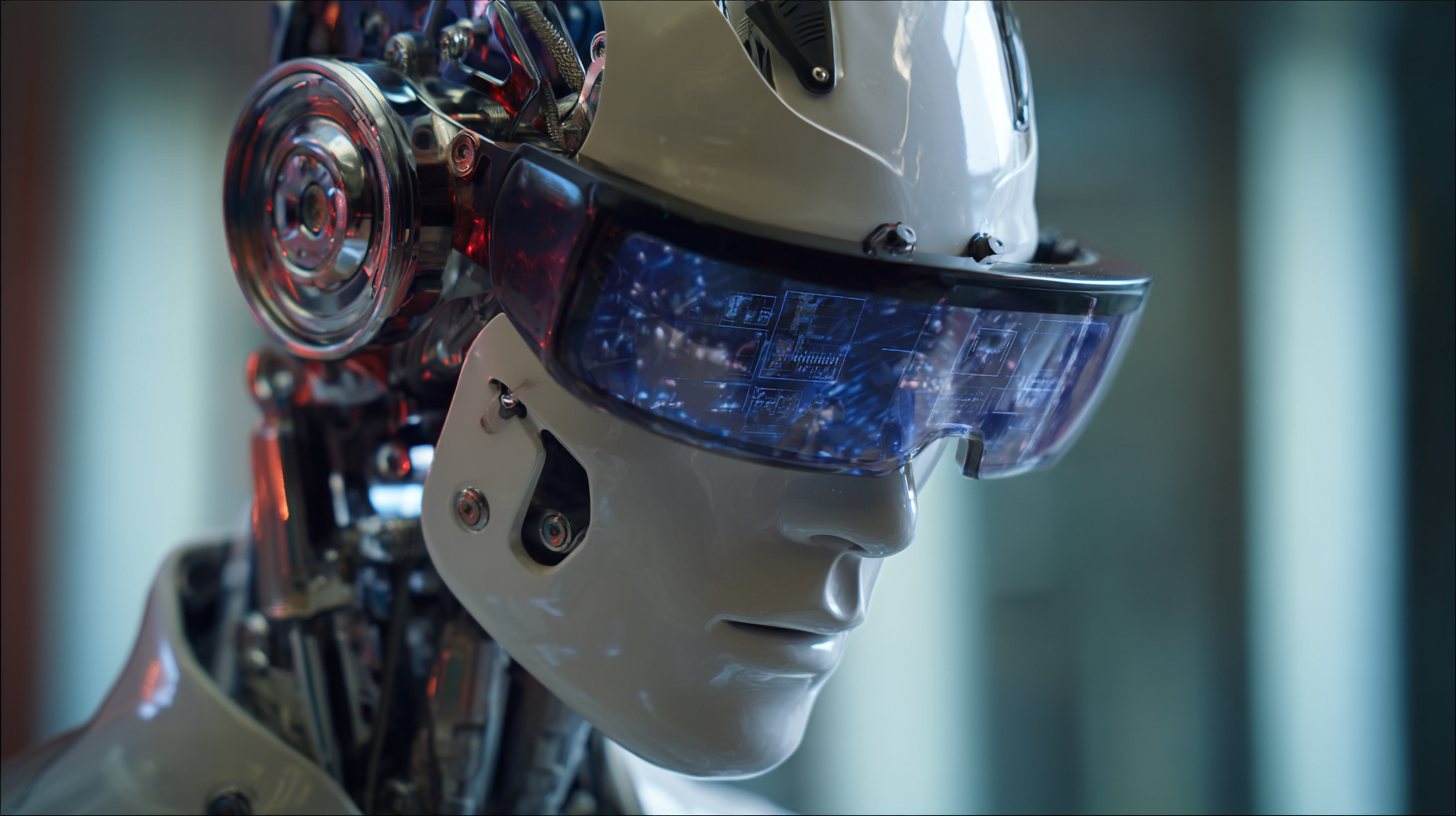
The year 2025 is set to witness a significant evolution in robot vision technology, driven by breakthroughs in artificial intelligence, machine learning, and sensory technologies. These advancements are paving the way for robots to interact with their environment in more sophisticated ways, offering a glimpse into a future where robots can seamlessly integrate into daily life. By examining these top innovations, we aim to provide insights into how robot vision will transform industries and improve the quality of life, highlighting its potential to address some of the most pressing challenges faced by society today.
Revolutionizing Robot Vision with AI-Driven Image Recognition Algorithms in 2025
The advancements in robot vision technology, particularly through AI-driven image recognition algorithms, are set to revolutionize industries across the board by 2025. These innovations enhance robots' ability to interpret and understand their environments, enabling them to perform complex tasks with a level of accuracy and efficiency previously unimaginable. With algorithms that mimic human visual processing, robots will be equipped to identify objects, recognize faces, and even interpret emotions, making them invaluable in sectors ranging from healthcare to manufacturing.
Tips for integrating AI-driven vision systems into your operations include starting with clearly defined goals. Understand what you aim to achieve with robot vision technology – whether it’s improving safety in manufacturing or enhancing customer interaction in services. Also, consider investing in high-quality training datasets, which are essential for developing effective image recognition algorithms. The accuracy of these systems largely depends on the diversity and scale of the data used to train them.
As these algorithms evolve, implementation strategies will also need to adapt. Collaborating with tech experts who specialize in AI and robotics can provide insights into the latest innovations. Utilizing simulations to test how these systems would perform in real-life scenarios will help in fine-tuning their functions before full-scale deployment. Embracing these changes will ensure that businesses stay at the forefront of this technological revolution.
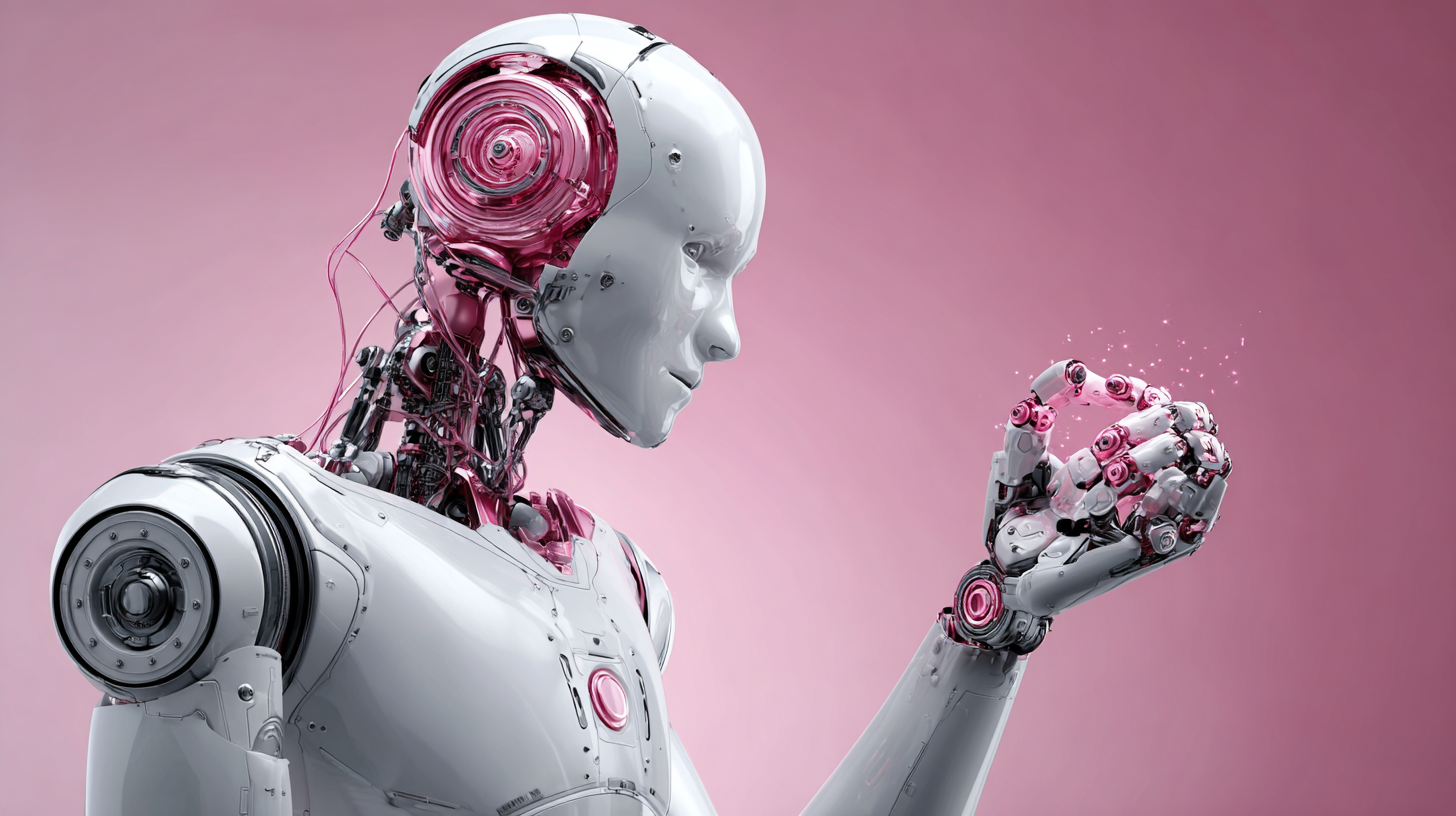
Enhancing Depth Perception in Robotics: Industry Trends and Innovations
Innovations in robot vision technology are revolutionizing how machines perceive their environment, particularly in depth perception. Report from MarketsandMarkets indicates that the global machine vision market is expected to grow from $10.4 billion in 2021 to $16.3 billion by 2026, driven largely by advancements in artificial intelligence and imaging technologies. Enhanced depth perception allows robots to navigate complex environments, making them invaluable in industries such as manufacturing, autonomous driving, and healthcare.

Recent developments in stereo vision systems exemplify this trend. By utilizing dual camera setups, these systems can mimic human depth perception, calculating distances with remarkable accuracy. According to a study by TechSci Research, the stereo vision segment is projected to witness a compound annual growth rate (CAGR) of 25.9% from 2022 to 2027. This leap in capabilities not only improves robotic interaction with their surroundings but also paves the way for applications in unstructured environments, enabling robots to adapt and respond intuitively to varying conditions and obstacles.
The Impact of Neuromorphic Computing on Robot Vision Technology by 2025
As we approach 2025, the influence of neuromorphic computing on robot vision technology is becoming increasingly significant. Neuromorphic computing mimics the neural structures and functioning of the human brain, enabling robots to process visual data more efficiently and intuitively. This technology allows robots to recognize patterns, differentiate objects in complex environments, and adapt their responses based on sensory input. Consequently, robots can operate more autonomously and with greater accuracy.
**Tip:** When considering the integration of neuromorphic computing in robotic systems, focus on the development of advanced algorithms that can enhance visual processing. Consider how these algorithms can enable robots to learn from experience, much like humans, which can dramatically improve their interaction with dynamic environments.
Additionally, advancements in hardware designed for neuromorphic computing are paving the way for more sophisticated robot vision systems. These neuromorphic chips boast lower energy consumption and increased processing speed, meaning that robots can analyze and react to visual data in real-time. As a result, the future of robot vision technology holds immense potential for applications ranging from autonomous vehicles to advanced manufacturing systems.
**Tip:** Exploring partnerships with tech companies specializing in neuromorphic hardware can accelerate your robot vision project. Collaborating with experts in the field can provide insights into emerging technologies and best practices for creating state-of-the-art robotic vision capabilities.
Integrating 3D Vision Systems in Autonomous Robotics: Current Solutions and Future Directions
The integration of 3D vision systems in autonomous robotics has become a pivotal focus in the advancement of robotic capabilities. According to a report by MarketsandMarkets, the global market for 3D vision technology is projected to reach USD 3.77 billion by 2026, growing at a CAGR of 22.5% from 2021. This impressive growth is driven by the need for precise object recognition and manipulation in various industries, including manufacturing, healthcare, and agriculture. As robots become increasingly autonomous, their ability to interpret and navigate complex environments relies heavily on advanced 3D vision systems.
Current solutions in 3D vision technology range from stereo vision systems, which utilize two cameras to simulate human stereopsis, to Time-of-Flight cameras that measure distance by calculating the time it takes for light to travel to an object and back. These technologies enhance robots' perception, enabling them to perform tasks such as picking and placing objects with remarkable accuracy. A recent study by ABI Research highlights that the implementation of 3D vision systems can reduce operational errors in automated processes by up to 40%. Looking to the future, ongoing innovations, including AI-driven image processing and sensor fusion, are expected to further enhance the reliability and applicability of 3D vision in autonomous robotics, paving the way for smarter and more efficient robotic solutions.
Top 10 Innovations in Robot Vision Technology
Advancements in Optical Sensors: Shaping the Future of Robot Vision in Industry Applications
The rapid advancements in optical sensor technology have significantly transformed robot vision, opening up new possibilities in industrial applications. Optical sensors, which include cameras, LiDAR, and imaging systems, are becoming increasingly sophisticated, enabling robots to perceive their environment with remarkable clarity and precision. These innovations allow robots to identify objects, assess distances, and navigate complex terrains, enhancing their efficiency in tasks ranging from manufacturing to logistics.
One of the most exciting developments is the integration of artificial intelligence with optical sensing systems. This fusion allows robots to learn from visual data, improving their ability to recognize patterns and adapt to dynamic environments. For example, AI-enhanced optical sensors can help robots detect defects on assembly lines or quickly analyze inventory in warehouses, streamlining operations and reducing downtime. As industries continue to embrace automation, the advancements in optical sensor technologies will play a crucial role in shaping the future of robot vision, leading to smarter, more autonomous machines that can handle increasingly complex tasks in real-time.
Related Posts
-
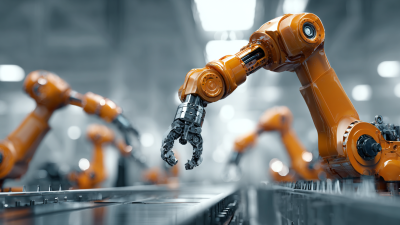
Revolutionizing Industries: How Robot Vision Systems Enhance Automation and Efficiency
-
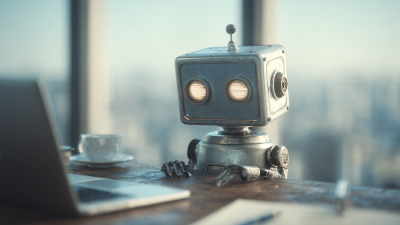
Exploring the Future of Robotic Process Automation for Business Efficiency
-
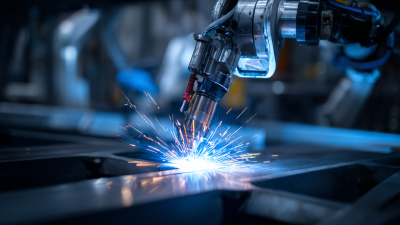
Exploring the Future of Robotic Laser Welding in Advanced Manufacturing Techniques
-

Unlocking the Future of Automation with Revolutionary Robot Software
-

Unlocking the Future of Automation with Digital Robotic Process Techniques
-

Unlocking the Future of Automation with Advanced Robot Vision Systems






